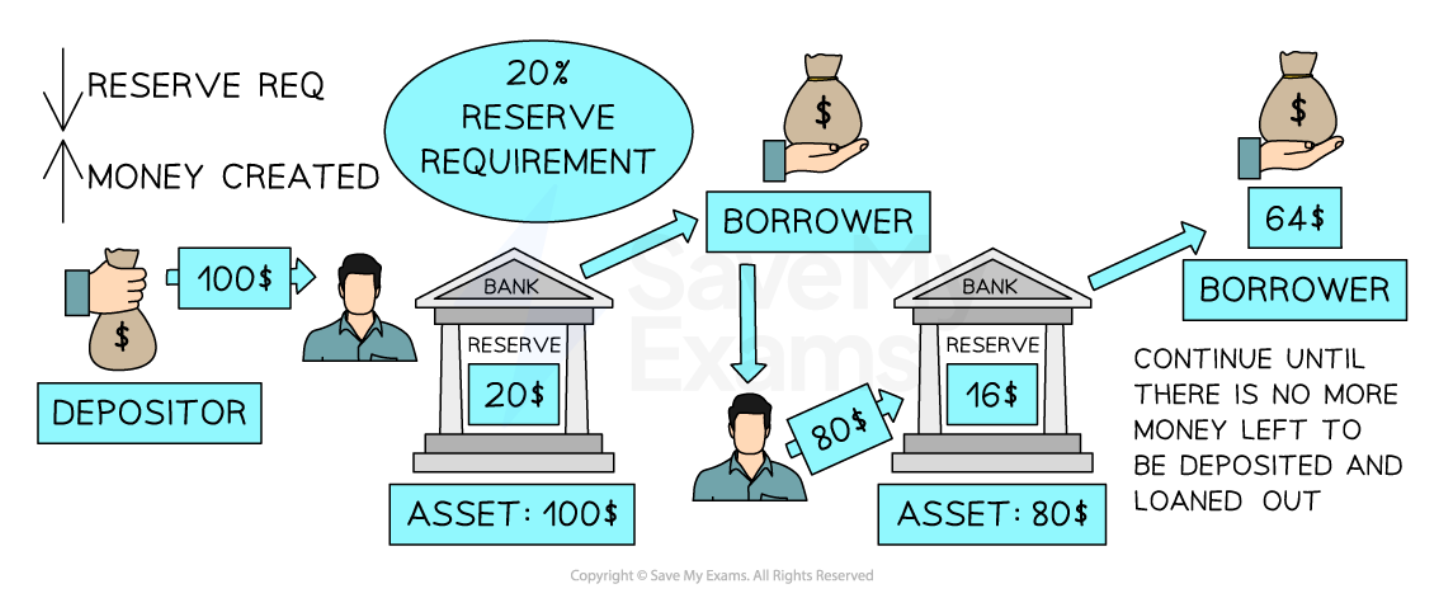The Distinction Between Commercial & Investment Banks
- Commercial banks (also known as retail or high-street banks) are financial institutions that make profits by selling banking services to their customers
-
- They serve the general public, both personal consumers and businesses
- They serve the general public, both personal consumers and businesses
- Investment banks are global banks that assist in raising finance for companies, financial institutions, governments, and organisations
The Characteristics of Commercial & Investment Banks
Characteristic |
Commercial Banks |
Investment Banks |
|
Services offered |
|
|
|
Examples |
|
|
|
Branch network |
|
|


